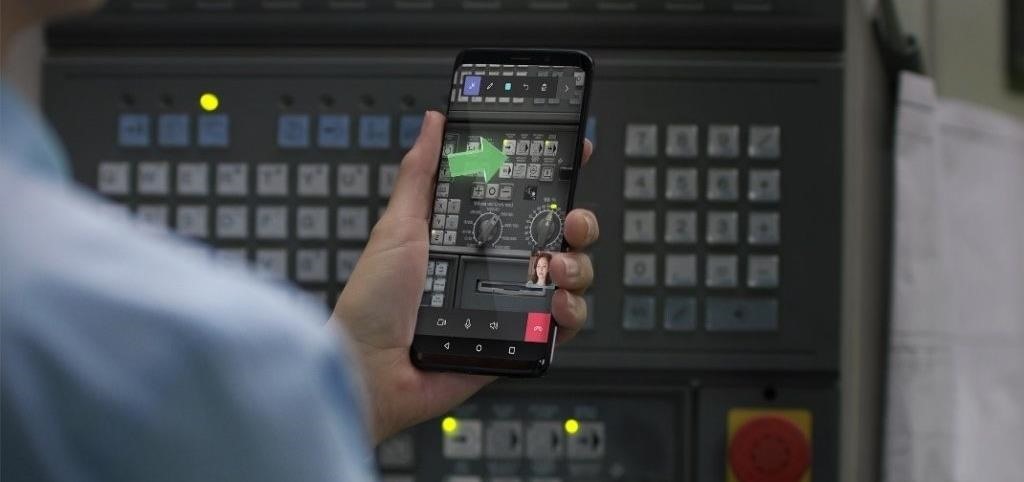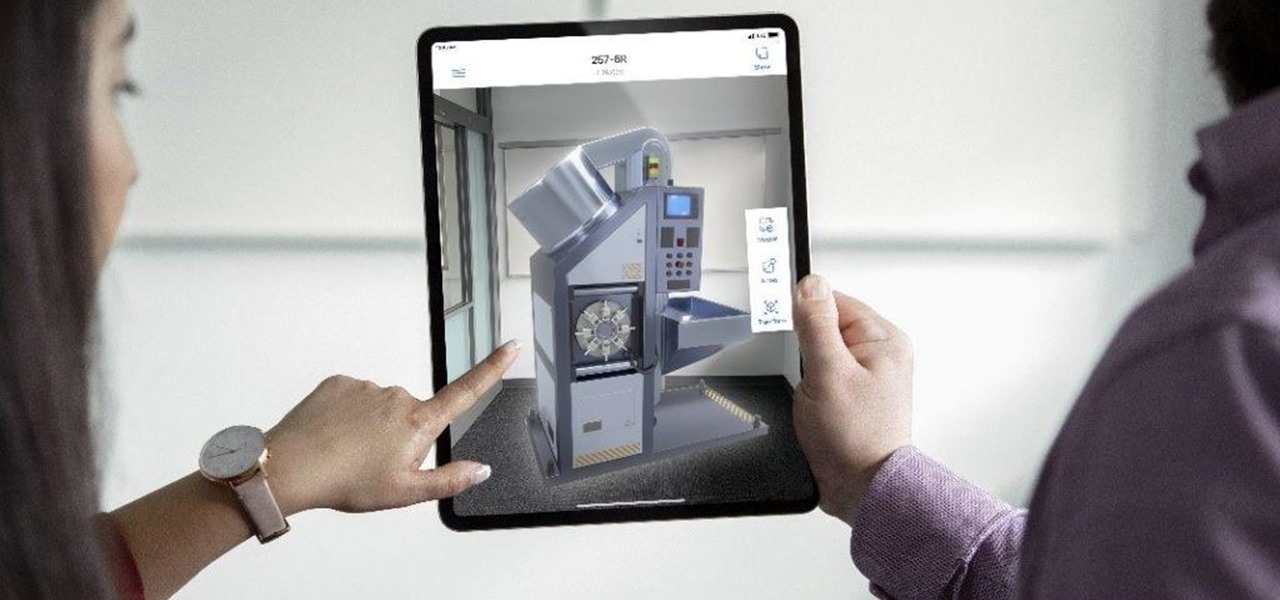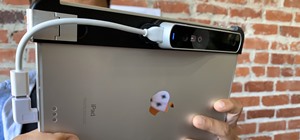The augmented reality industry had enough twists this week to surprise even M. Night Shyamalan.
With barely a mention of augmented reality throughout its annual unveiling of the Galaxy S line of smartphones, Samsung showed off its forthcoming 5G version of the Galaxy S10, which, unexpectedly, will pack a 3D depth sensor. Meanwhile, just days before it is expected to reveal the next-generation HoloLens, Microsoft introduced a pair of augmented reality apps for smartphones and tablets. Didn't see that coming!
Other news we probably could have seen coming. North, makers of the promising Focals smart glasses, confirmed that it had reduced its workforce a week after it drastically cut the base price of its consumer-grade smartglasses. And Google led another funding round into CTRL-labs for the same amount as last year's funding round.
Samsung Reveals Galaxy S10 5G Version with Depth Sensor for AR Apps
After the 2018 edition of Samsung Unpacked cast augmented reality as a major player, this year's event, unfolding on stage in San Francisco, hardware was the headliner. The company introducing a fresh crop of Galaxy wearables, the new Galaxy Fold foldable handset, and the latest in the Galaxy S series of smartphones, which includes the company's first 5G handset, the Galaxy S10 5G launching on Verizon later in Q2.
In addition to 5G networking, Samsung made a push forward in its sensor game as well, with the addition of a 3D depth-sensing camera to the Galaxy S10 5G that can capture 3D images and measure real-world spaces.
Read on for more details on Samsung's first 5G smartphone and why, when it launches, it may be the best mobile device for augmented reality.
REALITY BITES: Augmented reality games did not have a huge showing among the finalists for SXSW Gaming Awards, but Niantic's flagship game Pokemon GO did land a nomination in the category for Most Evolved Game. The location-based AR game faces off against Destiny 2: Forsaken, Fortnite, No Man's Sky NEXT, and Overwatch among games that have added the best content since their original release. We'll find out who wins on March 16.
Microsoft Pursues Enterprise AR Customers with Android & iOS Apps
Although all signs point to Microsoft releasing a new HoloLens in the coming days, the company is nevertheless looking to distribute its augmented reality apps to other operating systems.
On Thursday, the Microsoft unveiled plans to port its Remote Assist app to Android and unveiled a new app for displaying 3D models called Product Visualize, both of which are part of the Dynamics 365 enterprise platform.
Continue reading to learn more about Microsoft's push into mobile AR and what it means for its enterprise software services business as well as the future of HoloLens.

REALITY BITES: While Magic Leap has not publicly disclosed the winners from its Independent Creators Program, we do know that VIM AEC and Minsar are among the grant recipients. A VIM AEC spokesperson told Next Reality that the company was one of the top recipients and the main winner for its industry.
North Reportedly Lays Off More Than a Third of Its Workforce
A week after reducing the base price of its Focals smartglasses by nearly 50 percent, wearables maker North is now reducing its workforce.
According to The Verge, the company has eliminated 150 jobs from its workforce of more than 400 employees. North confirmed the reduction on Friday, but it did not confirm the number of jobs cut.
Read further for North's official statement on the matter and what the developments of the past few weeks mean for its consumer-grade smartglasses product line.
REALITY BITES: While some #teens are getting addicted to Snapchat filters, other youngsters are getting more opportunities to learn about and create AR. Hosted by AR developer Integem, the Holographic AR Summer Camps will take place throughout June and July in Cupertino, Fremont, Menlo Park, Palo Alto, and San Jose. And it's likely more fun than AR rehab.
Google Doubles Down on Funding for CTRL-Labs
It may sound like deja vu, but neural interface startup CTRL-labs has closed a $28 million funding round led by GV, Google's funding arm, for technology that reads user's nerve signals to interpret hand gestures. That's because GV, along with Lux Capital, led a $28 million funding round last May.
The New York-based startup is among a growing field of user input technology, including gesture recognition, eye tracking, and brain control interfaces. The technology caters to augmented reality platforms, among other emerging technologies like robotics, through more natural inputs for the paradigm of spatial computing.
Read more about the company's technology and why Google's further investment into CTRL-labs and related technology may give us a peek at future AR hardware from the tech giant.
Every Friday, Next Reality reviews the latest headlines from the financial side of augmented and mixed reality. This weekly Market Reality column covers funding announcements, mergers and acquisitions, market analysis, and the like. Check out previous editions of Market Reality for more news you may have missed.
Just updated your iPhone? You'll find new features for Podcasts, News, Books, and TV, as well as important security improvements and fresh wallpapers. Find out what's new and changed on your iPhone with the iOS 17.5 update.























Be the First to Comment
Share Your Thoughts